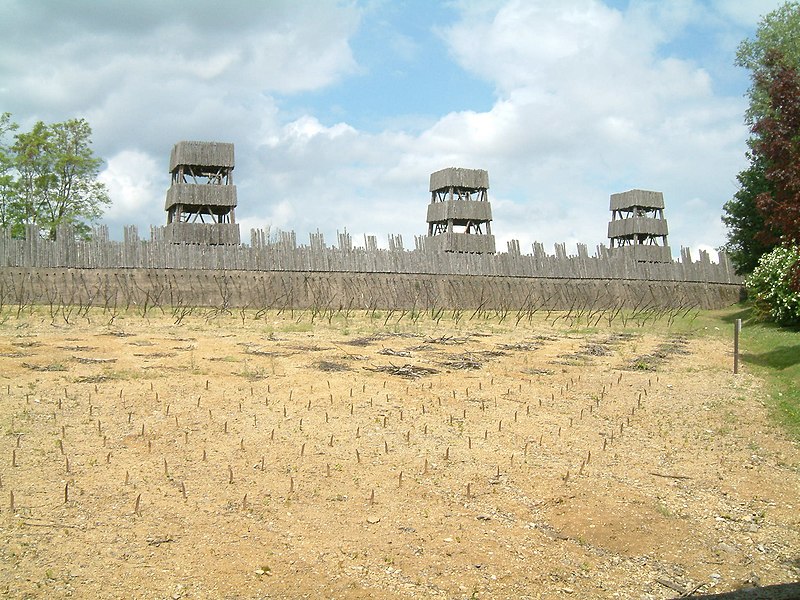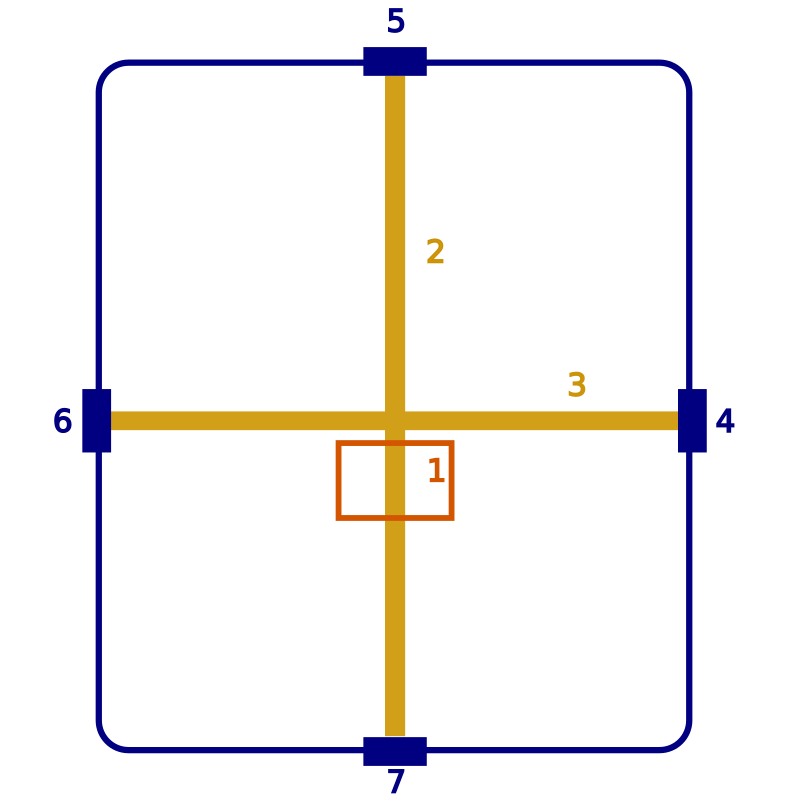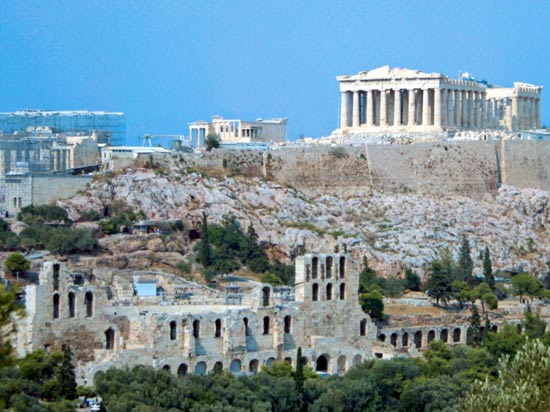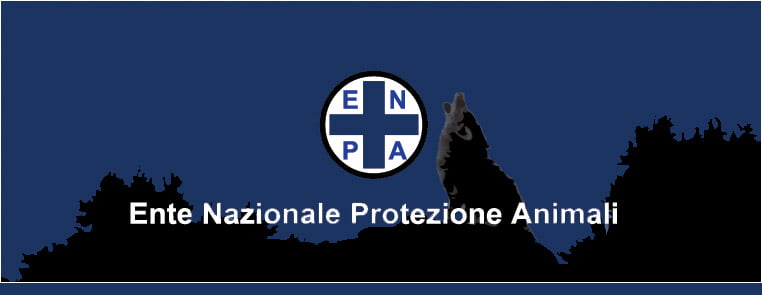Medecine and Greco-Roman mythology
As in most of the disciplines that they practise on a daily basis, Romain connect several gods with the medicine, especially as it was perceived for a long time by them as something being only of the religion and the superstitions. The god of the medicine strictly speaking is the same at the Greeks or at Romain, the simply named in a different way: Asclepius / Aesculapius.
Esculape is thus a specific god in the medicine and in the health (besides the medicine, the god Apollo possesses diverse attributes which make that he is not exclusively the god of the medicine).
The legend of Esculape
There are several legends around the character of Asclepius, but I am going to mention only the most known. Asclepius is thus the son of the god Apollo and of the mortal Coronis his mistress. When her mother is pregnant of him, she deceives Apollo with an other one mortal of the name of Ischys, a prince of Arcadia. Apollo does not delay learning the infidelity of Coronis: a white crow comes to announce it to him. In his anger, the god colors with black his feathers. Diane, twin sister of Apollo, punishes the unfaithful by killing her of one of her arrows. Apollo takes care personally of Ischys. But the god realizes that Coronis was pregnant: he thus extracts the baby, Asclepius, from the stomach of his ex-mistress sacrificed on the funeral stake.
Asclepius is entrusted to the centaur Chiron asked to take care of his education. This centaur, excellent teacher, having learnt the medicine of Apollo, transmits himself his medical knowledge to the child. So, Asclepius reaches a high level in the practice of the medicine: he knows how to prepare medicine, potions and ointments, but also use the surgery or recognize the plants which allow to cure. The goddess Athena offers to Asclepius a particular blood: that of the Gorgon Meduse. it confers him the power of life and death on whoever. He uses it frequently to resuscitate mythological characters. However, Hades does not see it of a good eye: as god of Hell, he becomes alarmed to see that the deaths are more and more rare. Zeus remedies it in a radical way: he eliminates Asclepius by using the lightning of Cyclopses. Apollo, naturally saddened by the death of his son, eliminates in return the Cyclopses. For this crime, Zeus condemns him to serve king Admetus of Epirus in slave. Zeus decides nevertheless to make Asclepius be reborn as immortal god of the Medicine, a completely friendly god and quack, very popular in the Greek and Roman peoples.
The worship of Asclepius
The cult of the god Asclepius appeared, from the classic age, in Greece. It is admitted that the first temple ( Asklepeion) which is dedicated to him is in the city of Trikkala, in the Thessaly. There is also Asklepeion to Pergame, the home town of Galius, as well as in Athens and to Cos. But the big center of the worship of Asclépios is localized to Epidaurus, place of birth supposed by the god. In 293 b. J. C., after a terrible epidemic of plague, is built the first Roman temple dedicated to the god Asclepius, on the island of the Tiber. The visitors of the temple hope most of the time for the cure of a disease. To do it, they have to cleanse themselves (fast, diet), then, entered the sanctuary browsed by not venomous snakes symbols of the god, to sleep inside: the god Asclepius intervenes in their dreams to give them the procedure. So the god is sensible to practise the medicine by "incubation". A sick person cured of its evil thanks the god by making him offering of a votive relief (relief offered to a god in sign of Gratitude). Sometimes the access to the temple is paying.
The Attributes of Asclepius
As all the gods were the most worshipped by the roman time, Asclepius possesses particular attributes. The most known by these attributes is his favorite animal, the snake, to such a point that a sort of snakes (not venomous) is called snake of Asclepius. This animal is by his side in almost all the representations of the god. Fast, very agile and endowed with a very good appetite, this snake possesses all the qualities to embody the health. Furthermore, the regular metamorphosis of the reptile symbolizes the regeneration of the life.
As seen previously, inside Asclepius Epidaurus's sanctuary are several snakes of this type. Other one of the animals of preference of Asclepius is the mole. It is possible that in its oldest shape, Asclepius was a "god-mole". Even more connected with the earth than the snake, the mole can most probably be one of the attributes of Esculape. There is another third animal connected to Asclepius, it is about the cock. This gallinacean symbolizes the day renewal. The sick cured by the god of the medicine sacrifice him generally a cock.
Iconography of Asclepius
The iconography is a study of the various representations of a person, an object...
Asclepius is often represented at Roman, very often under the shape of a sculpture. Old, the god remains by means of a stick all around of which is tangled up a snake. He possesses a long beard. Sometimes, his daughter Salus and Panacea and his son Telesphoros accompany him.
The family of Asclepius
The god Asclepius has a wife, Epione, a girl of king of Cos, and not less than seven children, among whom four girls and three sons: Panacea, Salus, Iaso, Aglaea, Machao, Polidarius and Telesphoros.
-Panacea is the goddess of the universal Cure.
-Salus, relatively important character of the medicine, is the goddess of the health, of the cleanliness and the hygiene (this last term was formed from its Greek name, Hygieia).
-Iaso is the Quack.
-Machaon and Polidarius become famous during the Trojan War during which they behave as real heroes quacks just like their father.
-Finally, Telesphoros is the god of the convalescence. Which is the state of a person who recovers of a disease.
The "snake of Asclepius" in certain emblems
The snake, the emblem of Asclepius, is widely associated with the medicine today and is used to symbolize the medical professions through the caduceus of the order of the Doctors of France for example. But the snake of Asclepius is a part of other emblems of medical professions: so the emblem of the Pharmacists consists of a snake of Asclepius getting entangled around a cup of Hygieia. Replace the cup of Hygieia by a microscope, a diapason or an egg-shaped shape and you will obtain respectively emblems of analysis laboratories medical, hearing-aid specialists and midwives. The mirror which sometimes appears on these symbols represents the caution necessary for this kind of job.
Other divinities attached to the medicine
Esculape, his children and his father Apollon are not the only gods who concern the medicine: indeed, minor, very specialized and often local divinities, are worshipped in the Roman territory.
Here are some of these divinities:
-Angitia, goddess of the Cure and the Witchcraft, more particularly known in the center of Italy.
-Carna, protective divinity of the body, the internal organs in particula.
-Clitumnus, divinity quack of Umbria.
-Endovelicus, god of the Health and the Spanish and Portuguese Well-being, joined into the Roman mythology after the conquest of the Iberian Peninsula by Romans.
-Febris, protective goddess fighting against the fever and against the malaria.
-Veiovis, Etruscan goddess bound to the health.
-Lucina, divinity protecting the women who deliver, and the childbirth.














